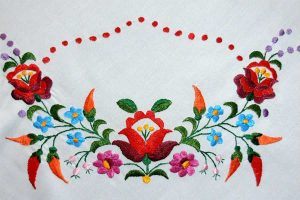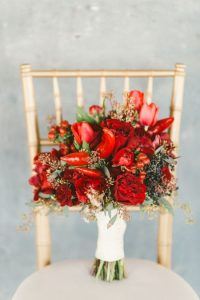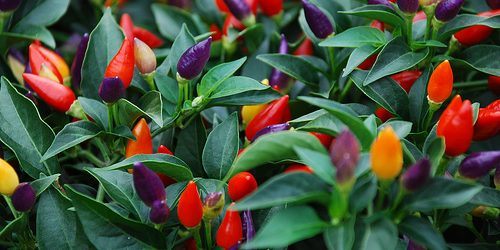How to decorate with paprika? Szeged people 100 years ago were probably unaware what a beautiful sight they were producing when they strung the paprika fruits into long garlands and hung them up for drying. It was work for them, and for that matter, it was really hard work. For an outsider, a dreamer, a writer or for people 100 years later the sight of paprika garlands is simply beautiful. „Under the roofs, above the fences, off tree branches, paprika-garlands are hanging everywhere. This is such an exotic sight, so beautiful that it should attract tourists from as far as Calcutte or London, or anywhere indeed. The sight of a country house full with paprika-garlands is a wonder” – wrote Zsigmond Móricz, early-20th century writer, whose writings on Szeged we’ve been publishing in our blog in a series of short stories and essays called Paprika is in the air. He’s right. The sight and the smell in our Paprika Park in the autumn is enchanting.
When the plant arrived in Europe after one of the very first expeditions to the New World, it was not used a spice. It remained an ornamental plant for quite a while: its many small white flowers that grow in the branch-forks produce pretty fruits under ideal circumstances. The first plants were seen exotic but people were cautious as they thought the fruit must be poisonous for its heat.
Ornamental pepper plants are usually shorter in height than the spice paprika plant we grow on open fields and they can be planted as pot plants. They come in many different sizes and colours. They usually produce more branches, smaller but more fruits, and both the flowers and the fruits “come” in many colours. Flowers can go from white to yellow or lilac. Fruit colours may be orange, yellow, green, red and lilac almost as dark as black. The eggplant-colour fruits can turn red when the fruits mature.
People today can get really creative with decorating with paprika fruits. I find paprikas in flower bouquets and in modern design on basically anything: jeans, textile, bag, shoes, etc. And, the roots of all this is with us, in Hungary. The beautiful Kalocsa embroidery designs with flowers and paprika were new in 1900 and show the pride Kalocsa paprika women felt for the plant that they worked with daily. It was their source of income and the inclusion of the plant in their embroidery shows dedication and love. To see the resurrection of the motifs in the 21st century helps us remember the olden times.

Kalocsa embroidery

Paprikas in flower bouquets
Tetszett a cikk? Ha szeretne még paprikás és fűszeres témában, heti rendszerességgel cikket olvasni, hírt kapni az ÚJ paprika elkészültéről, iratkozzon fel hírlevelünkre. Subscribe to our Blog and enjoy our Paprika Poster.







